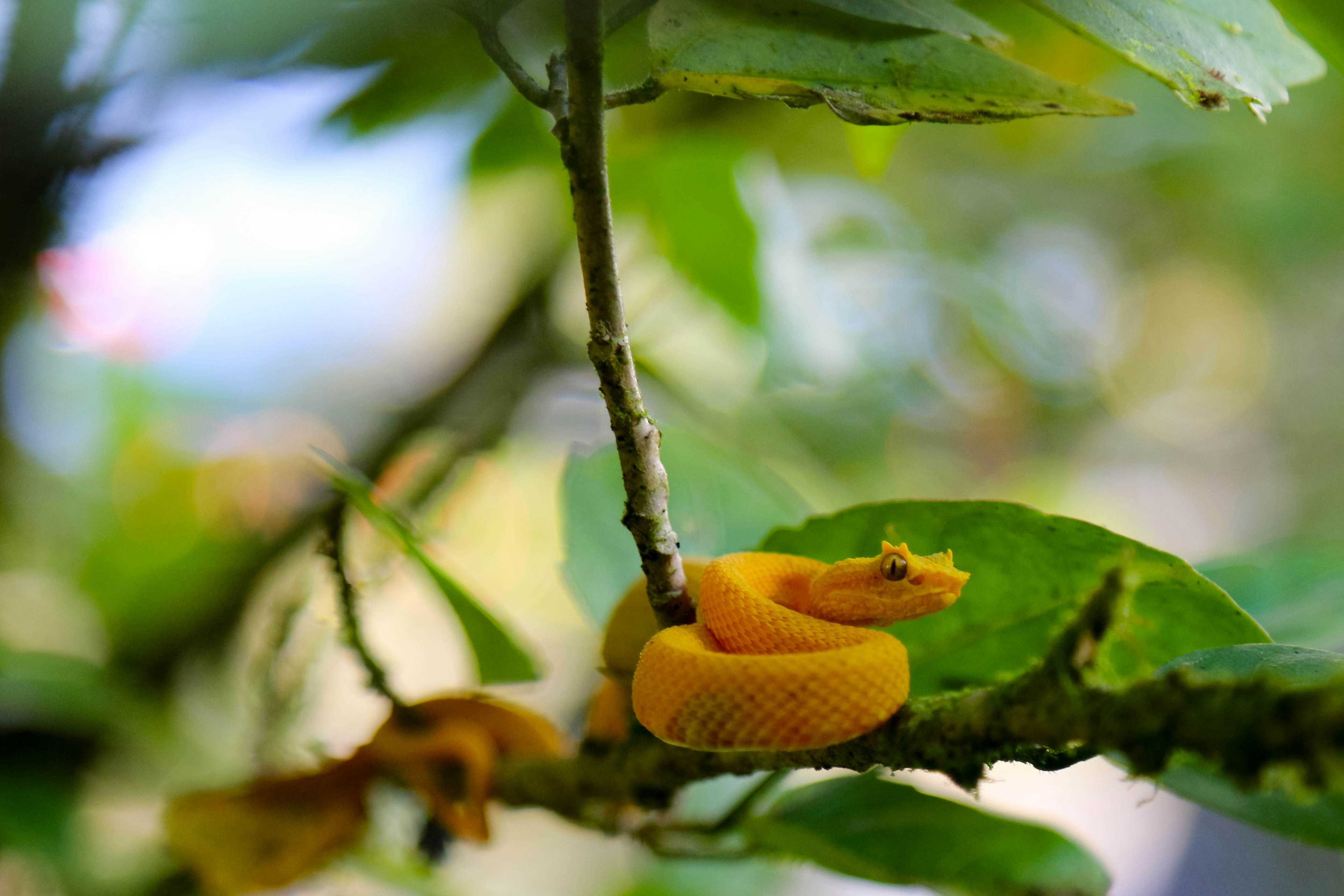Welcome to our series of photography articles, where we explore key aspects to enhance your photography skills. In this first installment, we delve into the fascinating world of the Rule of Thirds, a fundamental yet powerful principle in photographic composition. We will learn how to apply this technique to create visually striking and captivating images. Get ready to uncover the secrets of photographic composition!
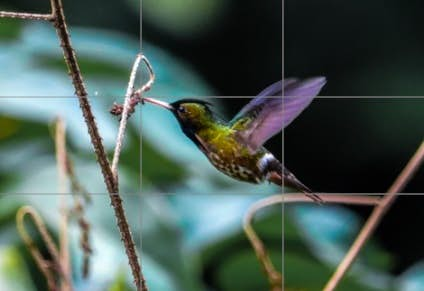
What is the Rule of Thirds? The Rule of Thirds is a fundamental concept in photographic composition. It involves dividing the frame into nine equal parts using two imaginary horizontal lines and two vertical lines, creating four intersecting points. These points are known as "strong points" and are strategic for placing the main elements of the image.
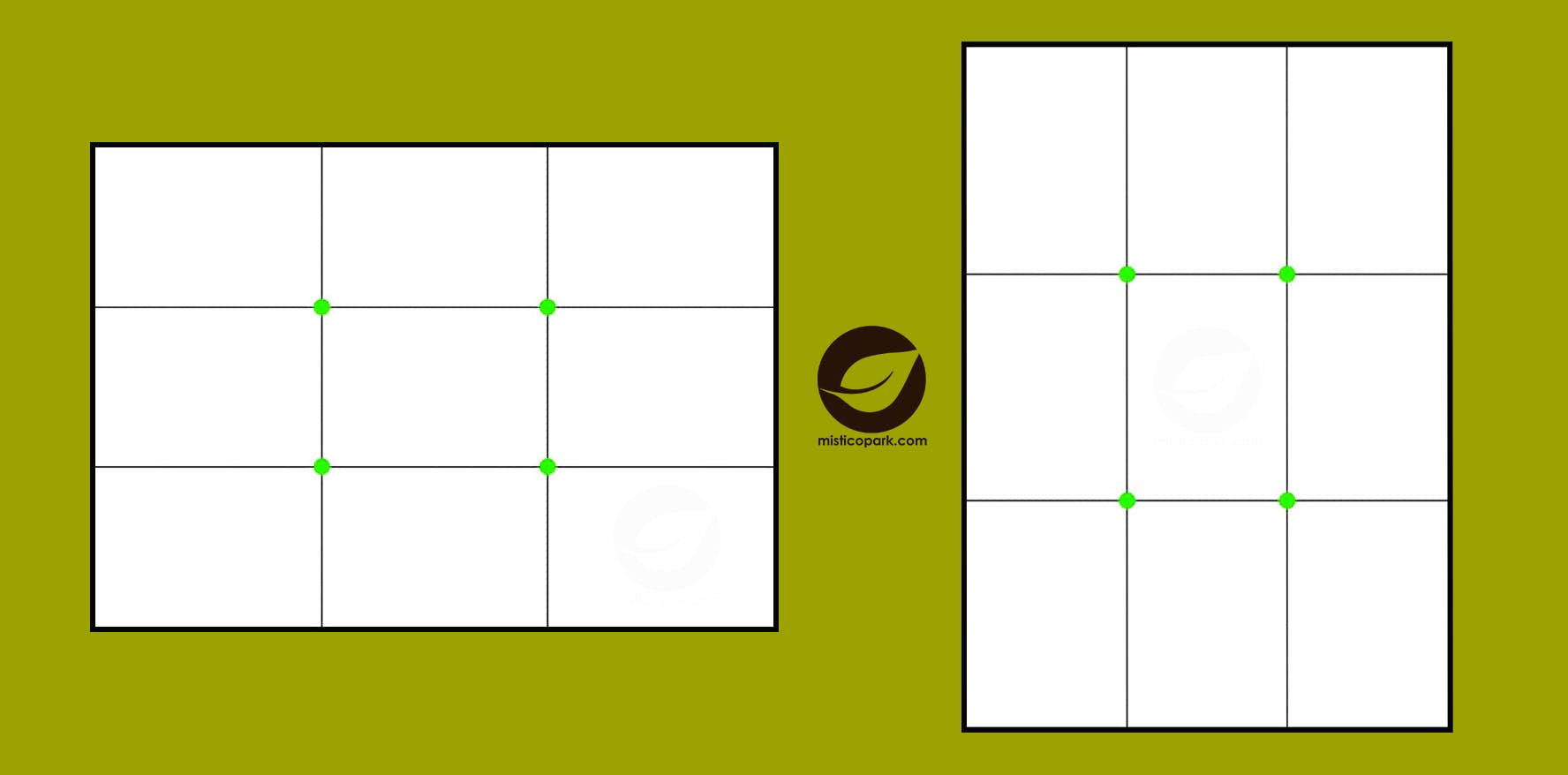
Applying the Rule of Thirds: To use the Rule of Thirds, avoid placing the main subject in the center of the frame. Instead, position it near one of the strong points. This creates a more visually interesting balance and attracts the viewer's attention to the main subject.
Balance and Visual Flow: The Rule of Thirds is also employed to create visual balance and a natural flow within the image. By placing key elements along the imaginary lines, a sense of movement and direction is achieved. This guides the viewer's eye through the image in a harmonious and appealing way.

Experiment and Break the Rules: While the Rule of Thirds is a powerful technique, it's also important to experiment and occasionally break the rules. Don't be afraid to try different compositions and subject placements. Creativity and originality are key aspects of photography, so have fun and find your own style.
Other Considerations: In addition to the Rule of Thirds, there are other important elements to consider in photographic composition. Examples include angle selection, lighting, the use of lines and patterns, and attention to the background. As we progress through this article series, we will explore these topics in more detail.
When to Break the Rule of Thirds? Although the Rule of Thirds is an effective guideline in photographic composition, there are instances where it may be appropriate to intentionally break it to achieve creative effects or convey a specific visual story.
Firstly, you may consider breaking the Rule of Thirds when you want to focus on the main subject. Placing the subject in the center of the frame emphasizes its importance and captures the viewer's attention. This technique is particularly useful in portraits, where highlighting the subject's personality and features is desired.
Another situation where breaking the Rule of Thirds can be effective is when you encounter scenes with strong symmetry or interesting visual patterns. Placing the subject in the center of the image in these cases can emphasize and highlight that symmetry or pattern, creating a visually impactful composition.
Additionally, when capturing action and movement, such as sports or dance, breaking the Rule of Thirds can be effective. Placing the main subject in the center of the image conveys a sense of energy and dynamism, reinforcing the scene's atmosphere and creating a stronger visual impact.
Lastly, minimalist composition can be another context in which breaking the Rule of Thirds makes sense. In situations where there are few elements in the scene, or the subject is small, placing it in the center can create a sense of simplicity and balance, reinforcing the minimalist aesthetic of the image while empowering the subject.
Breaking the Rule of Thirds should be done intentionally and consciously, with the aim of achieving a specific visual effect. Experimentation and exploring different composition approaches will help you develop your unique style as a photographer and capture memorable images.
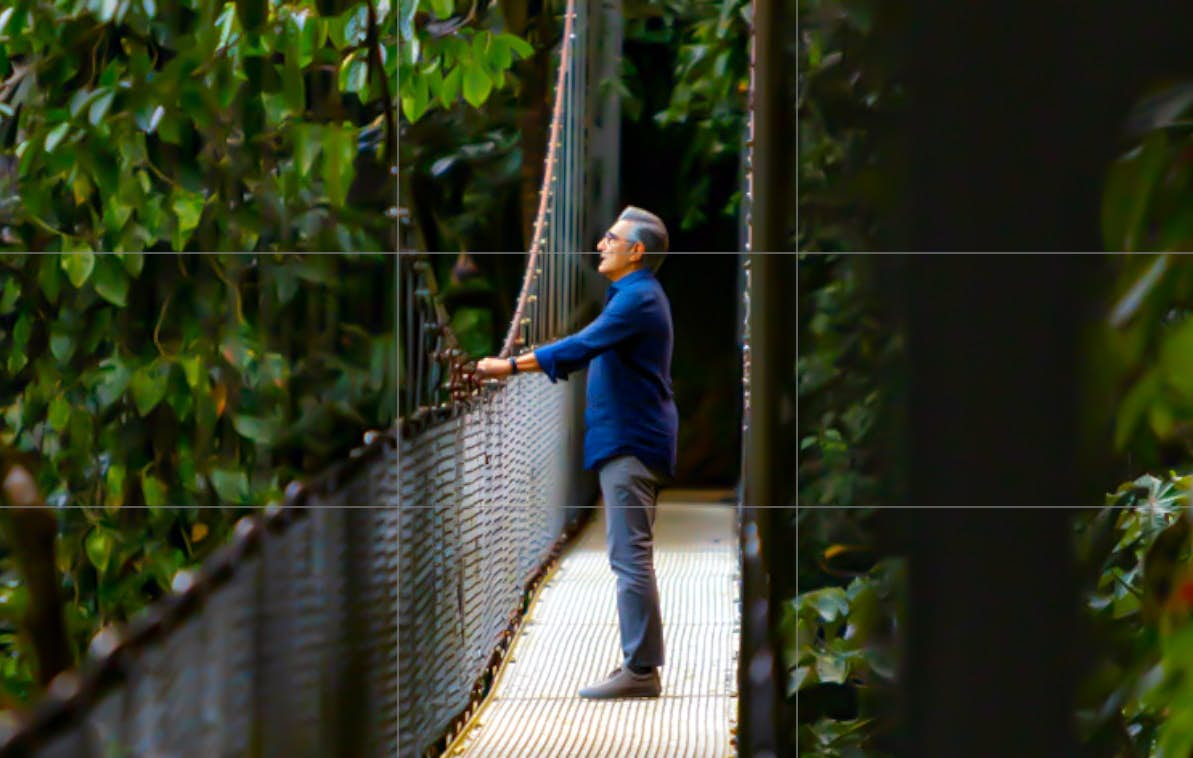
Composition and Visual Flow:
In addition to the Rule of Thirds and its variations, composition and visual flow are essential elements for creating impactful and captivating images.
Composition refers to how elements are organized within the frame. A strong and balanced composition can attract the viewer's attention and effectively communicate your message. In addition to using the lines and intersection points of the Rule of Thirds, you can employ other elements such as lines and patterns within the scene. For example, a diagonal line can add dynamism and movement to the image, while a repetitive pattern can add visual interest and structure.
Visual flow relates to how the viewer's eye moves through the image. By placing key elements along the imaginary lines of the Rule of Thirds, you can create a natural flow that guides the viewer through the image harmoniously. This can help tell a visual story and direct attention to the main subject. In addition to lines, you can also use elements such as movement direction or the gaze of a person or animal to guide the visual flow.
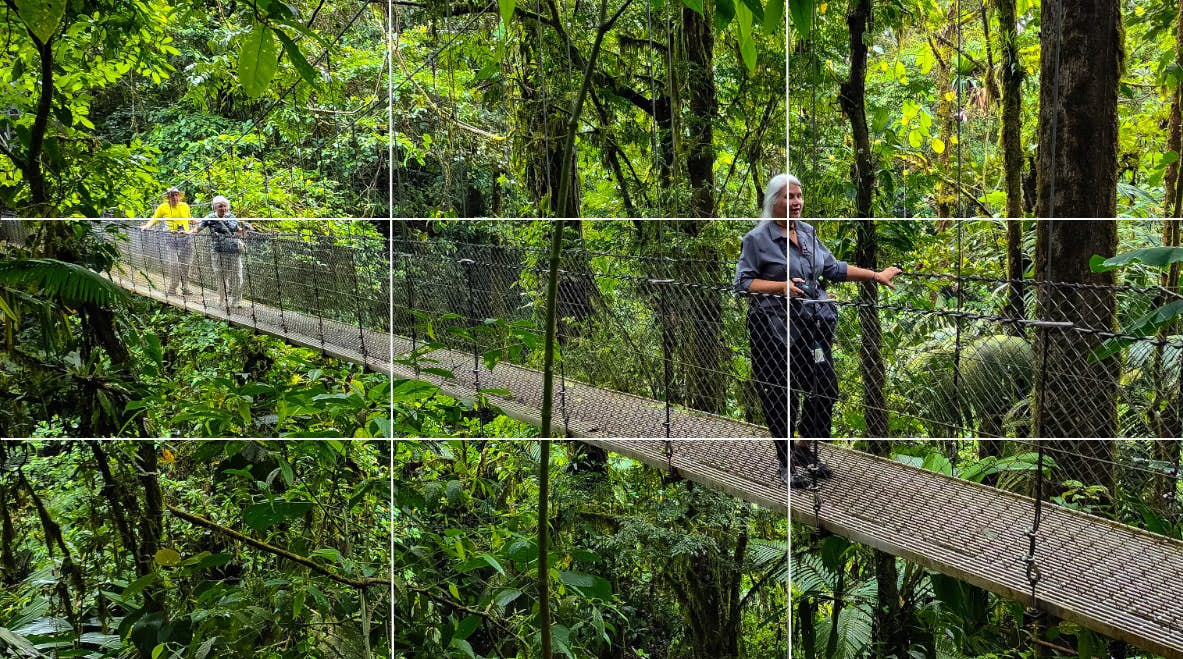
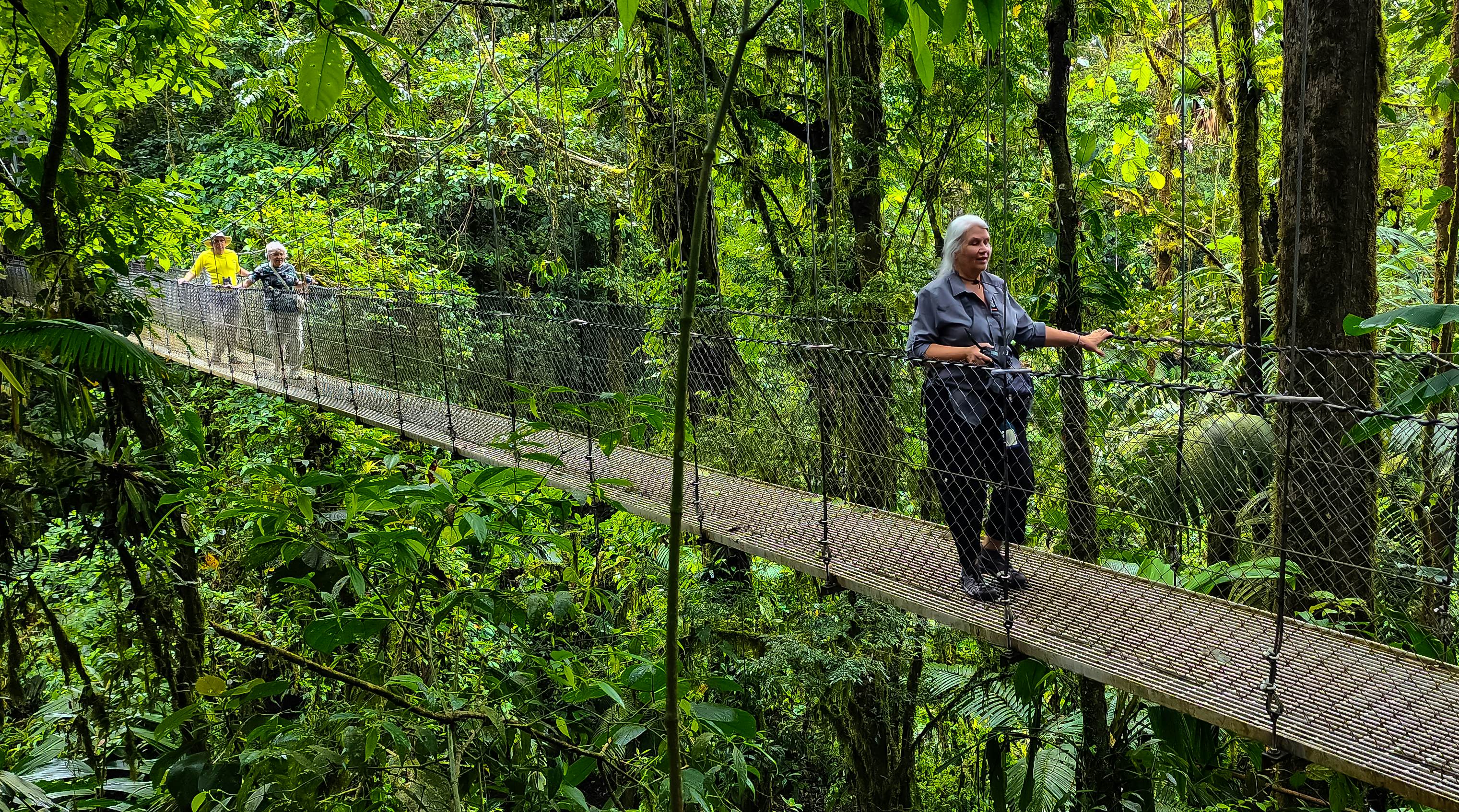
By combining the Rule of Thirds, composition, and visual flow, you can achieve impactful and captivating images that resonate with your audience. These techniques are particularly relevant for those interested in nature and wildlife photography, as they can highlight the beauty of landscapes and capture the essence of wildlife in their natural environment.
Remember that practice and experimentation are key to refining your photography skills. Don't be afraid to venture out and explore different compositions, play with variations of the Rule of Thirds, and try different angles and approaches. Creativity and originality are important aspects of photography, so enjoy yourself and find your own style.
Continue to follow our photography article series to discover more tips and techniques to enhance your photography skills and prepare for your visit to Mistico Park, where you can capture the beauty of nature and wildlife in all its splendor!
